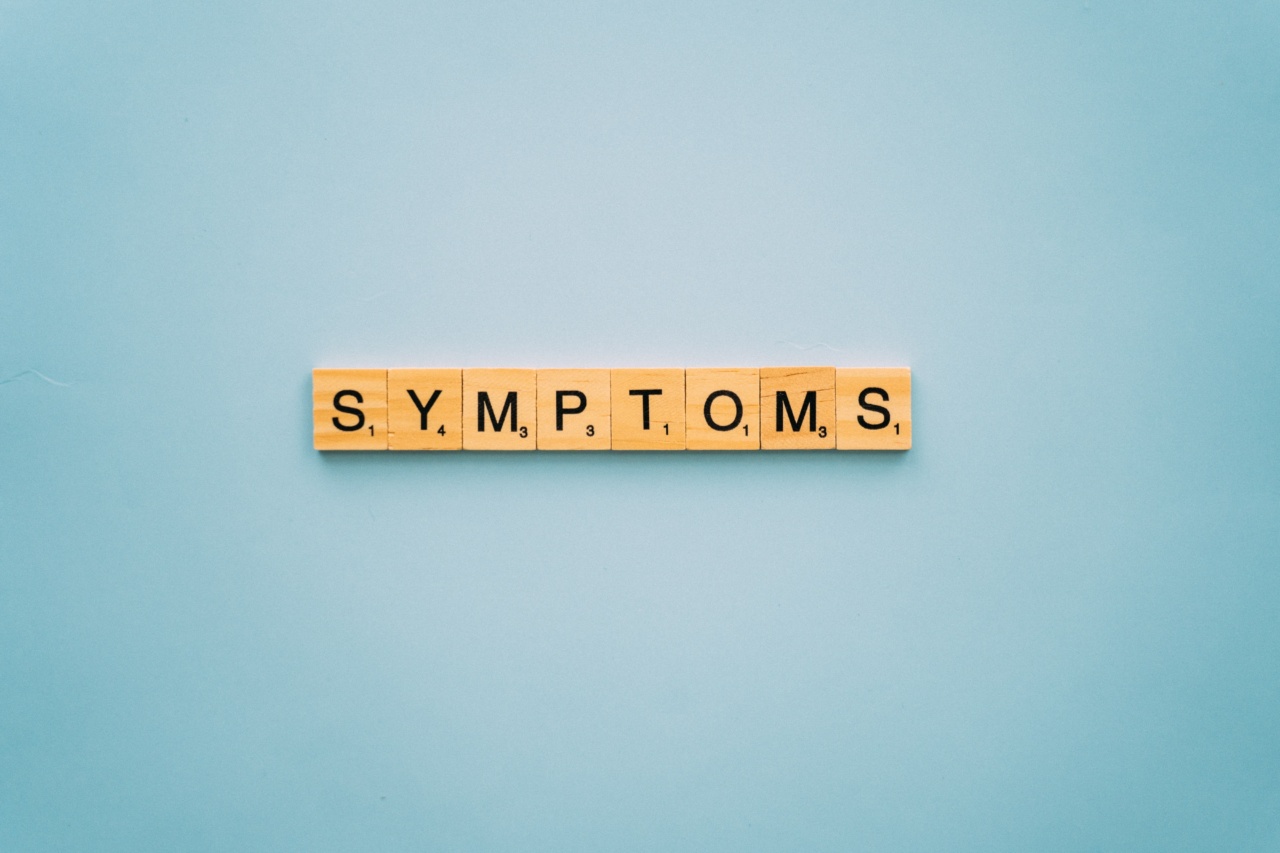Post-Traumatic Stress Disorder (PTSD) is a mental health condition that can affect people of all ages, including children.
When a child experiences a traumatic event, such as an accident, natural disaster, or physical or sexual abuse, they may develop PTSD. It is crucial for parents, caregivers, and educators to be aware of the signs and symptoms of PTSD in kids so that appropriate support and treatment can be provided. This article aims to shed light on the identification of PTSD in children.
1. Emotional Symptoms
Children with PTSD may exhibit a range of emotional symptoms. They may experience intense feelings of fear, worry, or anxiety that are unrelated to their current circumstances.
These emotions can often be overwhelming for the child, leading to difficulties in managing their daily activities.
2. Re-Experiencing the Trauma
One of the hallmark symptoms of PTSD is re-experiencing the traumatic event. Children may have nightmares or vivid flashbacks about the event, causing them distress.
They may also demonstrate distressing reactions to reminders of the trauma, such as becoming agitated or fearful when encountering certain triggers.
3. Avoidance and Numbing
Children with PTSD may actively avoid situations, places, or people that remind them of the traumatic event. They may withdraw from activities they once enjoyed and isolate themselves from friends and family.
In some cases, children may also develop emotional numbness and exhibit a diminished interest in activities that used to bring them joy.
4. Hyperarousal
Hyperarousal refers to a state of increased arousal or vigilance in response to perceived threats. Children with PTSD may be constantly on edge, easily startled, or have difficulty sleeping.
They may also display aggressive behavior, have difficulty concentrating, and struggle with irritability or anger outbursts.
5. Physical Symptoms
PTSD can also manifest in physical symptoms in children. They may complain of headaches, stomachaches, or other unexplained physical discomfort.
These physical symptoms may not have an apparent medical cause and can often be linked to the psychological distress caused by the traumatic event.
6. Changes in Behavior
Children with PTSD may undergo significant changes in their behavior. They may become more withdrawn and avoid social interactions. Some may exhibit regressive behaviors such as bedwetting, thumb sucking, or clinging to parents.
Others may display challenging behaviors, act out aggressively, or engage in risky behaviors as a means to cope with their distress.
7. Cognitive Distortions
PTSD can also affect a child’s thoughts and perception of reality. They may develop negative beliefs about themselves, others, or the world around them.
These cognitive distortions can lead to feelings of guilt, shame, or a distorted sense of danger. Children with PTSD may also have difficulties with memory, concentration, and learning.
8. Changes in Mood
PTSD can cause significant changes in a child’s mood and affect. They may experience sudden mood swings, feeling sad, angry, or irritable without an apparent reason.
These alterations in mood can have a profound impact on their relationships, academic performance, and overall well-being.
9. Social and Interpersonal Difficulties
Children with PTSD often struggle with social and interpersonal interactions. They may have difficulty trusting others, struggle with forming and maintaining relationships, and show a reluctance to participate in social activities.
This can lead to feelings of isolation and further exacerbate their symptoms.
10. Academic Challenges
Children with PTSD may face academic difficulties due to their condition. They may have trouble concentrating, suffer from memory problems, and experience a decrease in cognitive abilities.
These challenges can result in a decline in school performance and hinder their educational development.
Recognizing the signs and symptoms of PTSD in children is critical for early intervention and support.
If you suspect a child may be experiencing PTSD, it is important to seek professional help from a mental health provider experienced in working with children. With the appropriate interventions, therapy, and support, children with PTSD can learn to cope with their symptoms and go on to lead fulfilling lives.




























